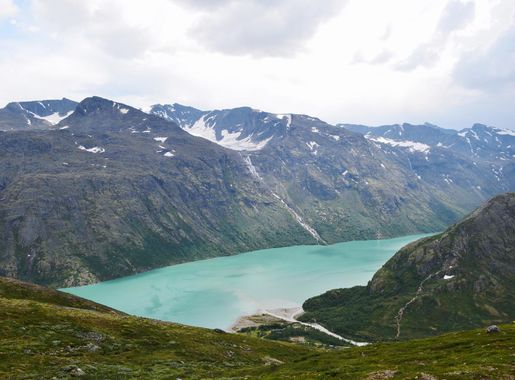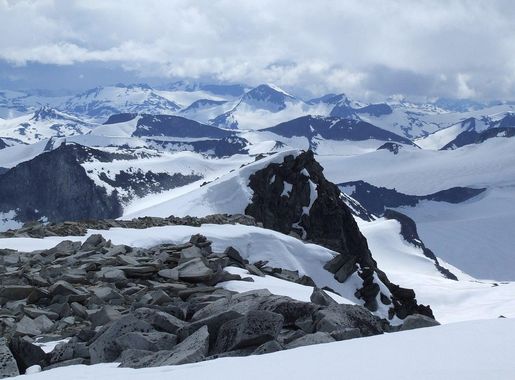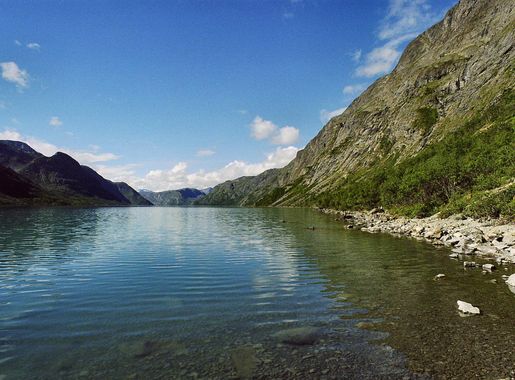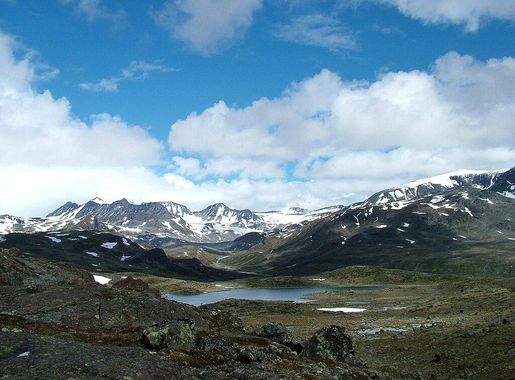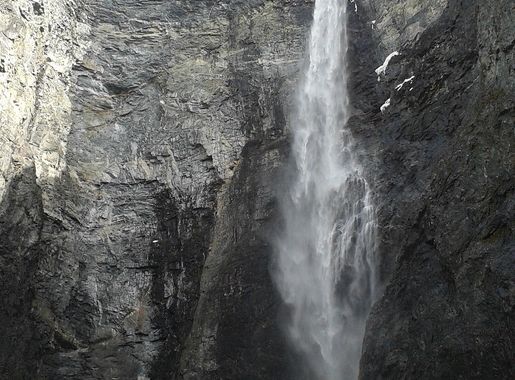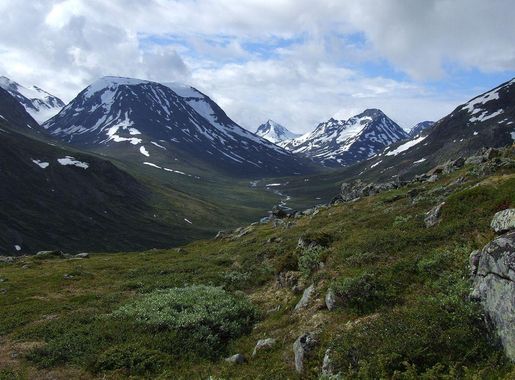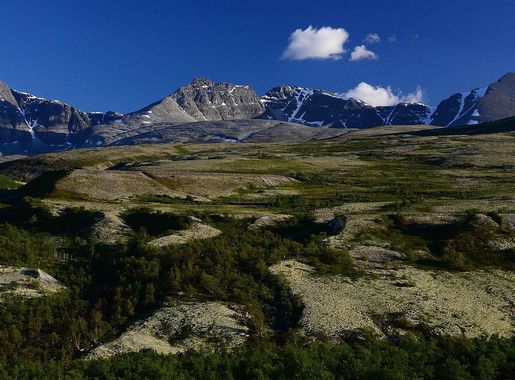
Jotunheimen National Park: Norway's Majestic Wilderness
Discover the Majestic Peaks and Pristine Wilderness of Jotunheimen National Park in Norway, a Haven for Hikers, Nature Lovers, and Adventure Seekers.
Jotunheimen National Park is a place where nature's grandeur takes center stage. Located in the heart of Norway, it is home to the country's highest peaks, including Galdhøpiggen and Glittertind. The park covers an area of 1,151 square kilometers, offering visitors breathtaking landscapes filled with towering mountains, deep valleys, and sparkling glacial lakes. For outdoor enthusiasts, Jotunheimen is a paradise. The park boasts over 250 peaks that rise above 1,900 meters, making it a prime destination for hiking and mountaineering. The Besseggen Ridge hike is one of the most popular trails, offering stunning views of the turquoise Gjende Lake and the rugged mountain terrain. Visitors can also explore the many glaciers and ice fields, or take a refreshing dip in one of the park's numerous rivers and lakes. Wildlife lovers will also find Jotunheimen to be a treasure trove. The park is home to a variety of animals, including reindeer, elk, and Arctic foxes. Birdwatchers can spot species like the golden eagle and the ptarmigan. The park's diverse flora and fauna make it an excellent destination for nature photography. In addition to its natural beauty, Jotunheimen National Park offers several cozy mountain lodges and cabins where visitors can rest and enjoy traditional Norwegian hospitality. These lodges provide a perfect base for exploring the park's many trails and natural attractions, ensuring a memorable and comfortable stay.
Local tips in Jotunheimen National Park
- Visit during the summer months (June to August) for the best hiking conditions and longer daylight hours.
- Bring layers and waterproof gear, as the weather can change quickly in the mountains.
- Book accommodations in advance, as the mountain lodges and cabins can fill up quickly during peak season.
- Consider hiring a local guide for challenging hikes or glacier tours to ensure safety and enhance your experience.
- Pack a good quality map or GPS device, as some trails may not be well-marked.
Jotunheimen National Park: Norway's Majestic Wilderness
Jotunheimen National Park is a place where nature's grandeur takes center stage. Located in the heart of Norway, it is home to the country's highest peaks, including Galdhøpiggen and Glittertind. The park covers an area of 1,151 square kilometers, offering visitors breathtaking landscapes filled with towering mountains, deep valleys, and sparkling glacial lakes. For outdoor enthusiasts, Jotunheimen is a paradise. The park boasts over 250 peaks that rise above 1,900 meters, making it a prime destination for hiking and mountaineering. The Besseggen Ridge hike is one of the most popular trails, offering stunning views of the turquoise Gjende Lake and the rugged mountain terrain. Visitors can also explore the many glaciers and ice fields, or take a refreshing dip in one of the park's numerous rivers and lakes. Wildlife lovers will also find Jotunheimen to be a treasure trove. The park is home to a variety of animals, including reindeer, elk, and Arctic foxes. Birdwatchers can spot species like the golden eagle and the ptarmigan. The park's diverse flora and fauna make it an excellent destination for nature photography. In addition to its natural beauty, Jotunheimen National Park offers several cozy mountain lodges and cabins where visitors can rest and enjoy traditional Norwegian hospitality. These lodges provide a perfect base for exploring the park's many trails and natural attractions, ensuring a memorable and comfortable stay.
When is the best time to go to Jotunheimen National Park?
Iconic landmarks you can’t miss
Lom stavkyrkje
Explore the historic Lom Stavkyrkje, a 12th-century stave church in Norway that showcases stunning architecture and rich cultural heritage.
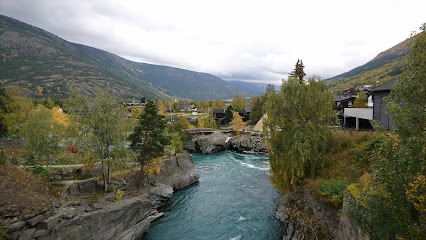
Galdhøpiggen
Explore the breathtaking heights of Galdhøpiggen, Norway's tallest peak, and discover the stunning beauty of Jotunheimen National Park.
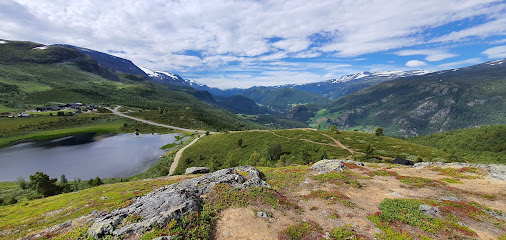
Juvasshytta
Experience the breathtaking beauty of Norway at Juvasshytta, your cozy mountain retreat near Galdhøpiggen and stunning landscapes.
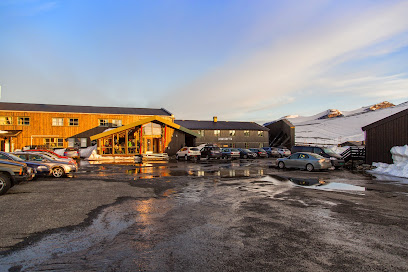
Gjendesheim DNT Cabin
Discover the breathtaking beauty and adventure awaiting at Gjendesheim DNT Cabin, your gateway to Norway's majestic landscapes and outdoor experiences.
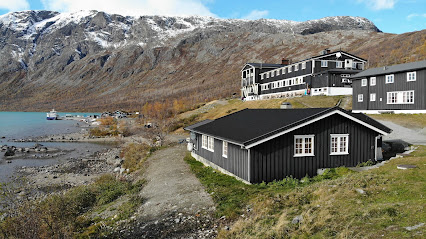
Spiterstulen Turisthytte
Experience the enchanting beauty of Norway at Spiterstulen Turisthytte, your gateway to the majestic mountains and adventurous trails.
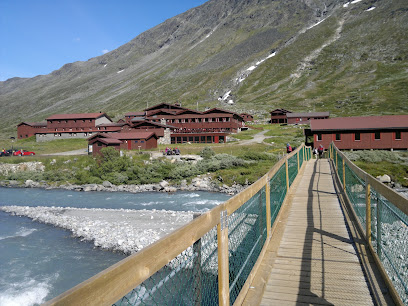
DNT Fondsbu
Discover breathtaking landscapes and adventure at DNT Fondsbu, a cozy mountain retreat in Norway's enchanting Tyinkrysset region.
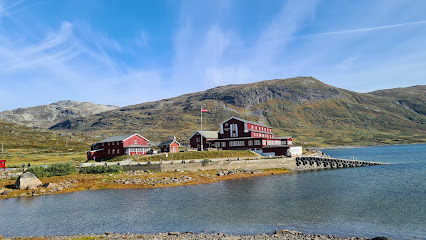
Ridderspranget Randsverk
Discover the natural splendor of Ridderspranget Randsverk, a captivating wildlife refuge in Tessanden, Norway, perfect for nature lovers and adventurers.
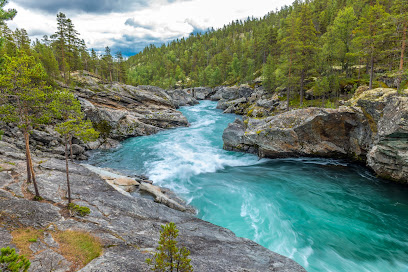
Galdhøpiggen Summer Ski Centre
Experience skiing like never before at Galdhøpiggen Summer Ski Centre, Norway's premier year-round ski destination amidst breathtaking mountain scenery.
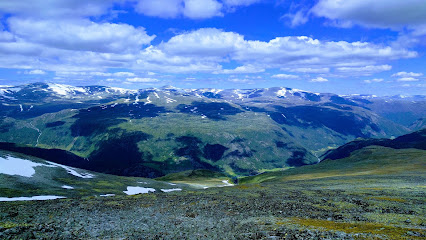
Vettisfossen
Explore the breathtaking Vettisfossen, Norway's tallest waterfall, nestled in Øvre Årdal's stunning landscapes, perfect for nature lovers and adventure seekers.
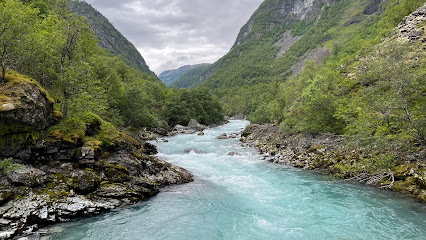
Sognefjell Road 1400m
Explore the breathtaking Sognefjell Road, a scenic drive through Norway's majestic mountains, valleys, and picturesque lakes.
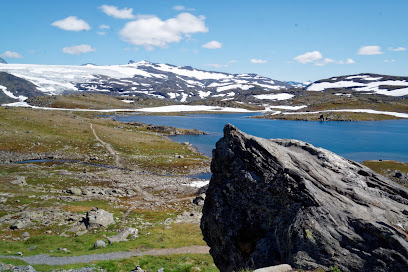
Videfossen
Experience the breathtaking beauty of Videfossen, a stunning waterfall on the scenic Gamle Strynefjellsveg route in Norway.
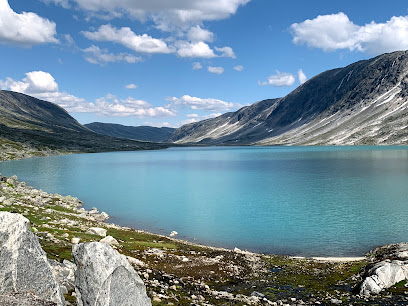
Jotunheimen Fjellstue
Explore breathtaking landscapes and indulge in local flavors at Jotunheimen Fjellstue, your perfect gateway to adventure in Norway's stunning national park.
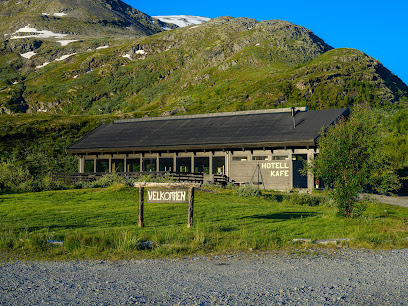
Besseggen
Explore Besseggen, a stunning hiking trail in Jotunheimen National Park, known for its breathtaking views and challenging terrain, perfect for all adventurers.
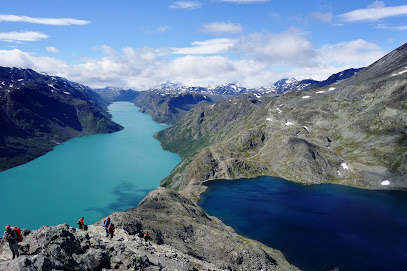
Jotunheimen
Explore the majestic Jotunheimen National Park, Norway's breathtaking mountain range, perfect for outdoor adventures and stunning natural beauty.
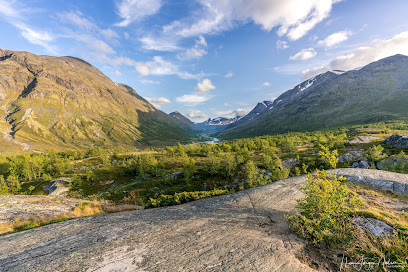
Steinplassen
Discover the breathtaking views at Steinplassen, a serene vista point in Beitostølen, Norway, perfect for nature lovers and relaxation seekers.

Unmissable attractions to see
Jostedalsbreen National Park
Discover the breathtaking beauty of Jostedalsbreen National Park, home to Europe's largest glacier and a paradise for outdoor enthusiasts.
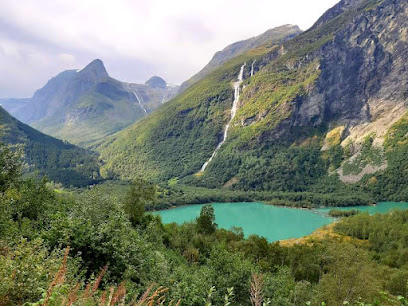
Rondane National Park
Explore the breathtaking landscapes and rich wildlife of Rondane National Park, Norway's first national park, ideal for outdoor enthusiasts and nature lovers.
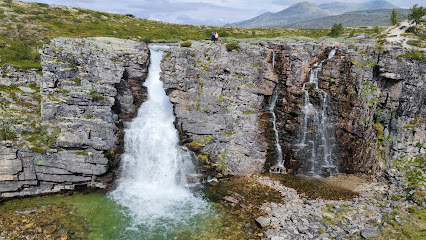
Galdhøpiggen
Explore Galdhøpiggen, Norway's highest peak, and immerse yourself in breathtaking views and unforgettable hiking adventures in Jotunheimen National Park.
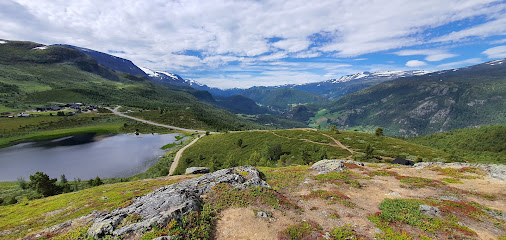
Hallingskarvet National Park
Explore the breathtaking landscapes and diverse wildlife of Hallingskarvet National Park, Norway's first national park, and a haven for nature lovers.

Vettisfossen
Explore the breathtaking Vettisfossen, Norway's tallest waterfall, nestled in the beautiful Utladalen Valley, a must-visit for nature lovers and adventure seekers.
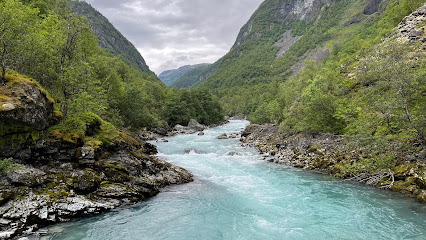
Videfossen
Experience the breathtaking beauty of Videfossen, a stunning waterfall along Gamle Strynefjellsvegen, perfect for nature lovers and photographers.
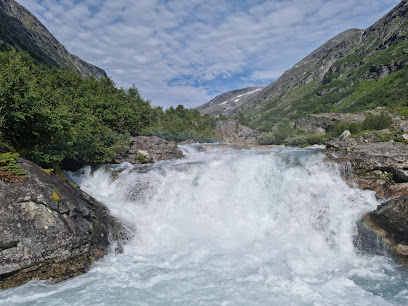
Besseggen
Explore Besseggen, one of Norway's most iconic hiking trails, offering breathtaking views of lakes and mountains in Jotunheimen National Park.

Jotunheimen
Experience the breathtaking beauty of Jotunheimen, Norway's stunning mountain range, where adventure meets tranquility in nature's embrace.

Steinplassen
Experience the breathtaking views of Steinplassen, a stunning vista point in Norway's Valdresflye region, perfect for nature lovers and photographers.

Norwegian fjellsenter
Explore the Norwegian Fjellsenter: Your gateway to Jotunheimen National Park's breathtaking landscapes and rich cultural heritage.
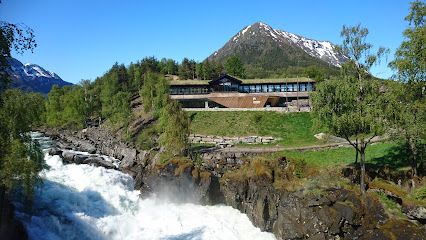
Valdres Natur- og kulturpark
Explore the enchanting Valdres Natur- og Kulturpark, where stunning landscapes meet rich Norwegian culture in a serene natural setting.
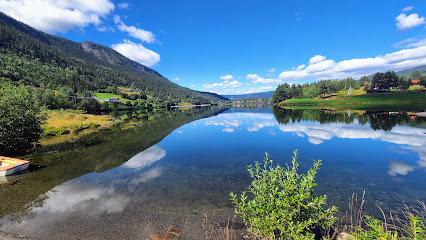
Lomen Stave Church
Explore the historical Lomen Stave Church, a beautiful testament to Norwegian heritage nestled in picturesque landscapes.
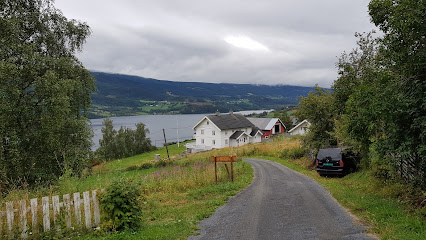
Hulderstigen
Experience the breathtaking beauty and folklore of Hulderstigen, a must-visit hiking destination in the heart of Norway.
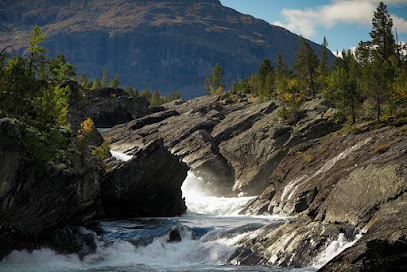
Bitihorn
Explore Bitihorn, Norway's breathtaking mountain offering stunning views, diverse hiking trails, and rich wildlife in the heart of Jotunheimen National Park.
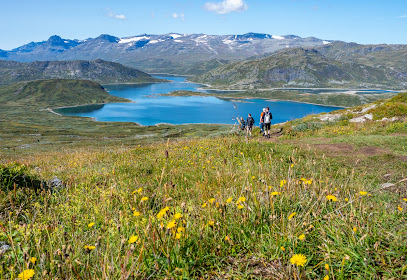
Stuttgongfossen
Discover the breathtaking beauty of Stuttgongfossen, a stunning waterfall in Tessanden, Norway, perfect for nature lovers and photographers.
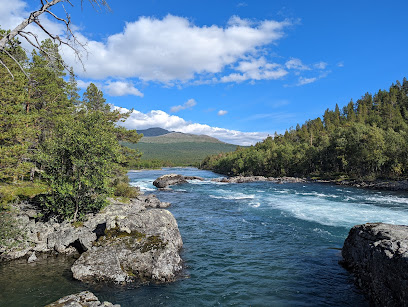
Essential places to dine
Jotunheimen National Park
Explore Jotunheimen National Park: Norway’s stunning wilderness with majestic mountains, pristine lakes & diverse wildlife awaits every adventurer.

Skeid Kro
Discover authentic Norwegian cuisine at Skeid Kro in Skjåk – where tradition meets flavor in every bite.
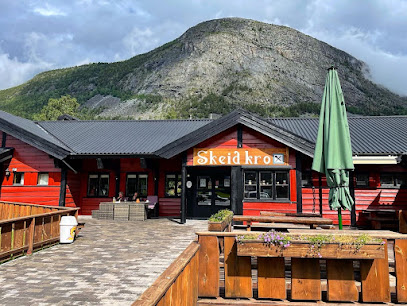
Lemonsjøen Fjellstue & Hyttegrend
Experience authentic Norwegian hospitality at Lemonsjøen Fjellstue & Hyttegrend amidst breathtaking landscapes.
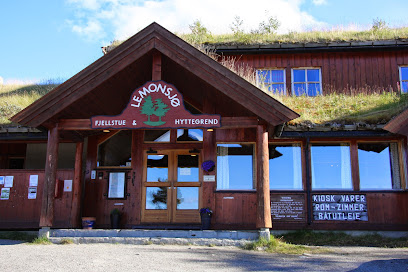
Bessheim Fjellstue og Hytter
Experience authentic Norwegian hospitality at Bessheim Fjellstue og Hytter while exploring the majestic Jotunheimen National Park.

Diner 13
Experience the best of American comfort food at Diner 13 in Tretten – where every meal feels like home.
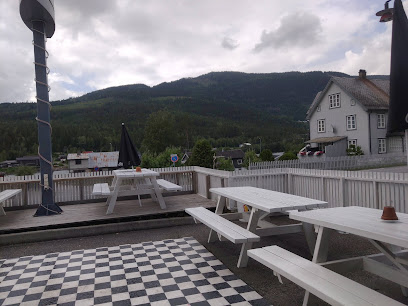
Elveseter Hotell
Discover Elveseter Hotell: A delightful blend of dining, art, and cultural experiences nestled in Norway's breathtaking landscapes.

BrimiBue
Discover exquisite Norwegian cuisine at BrimiBue, where local flavors meet breathtaking mountain views in Fossbergom.
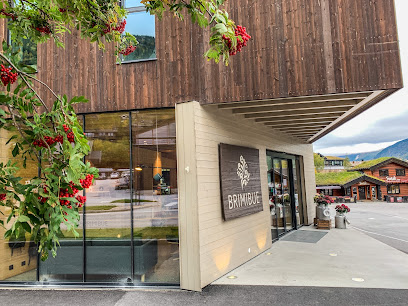
Halne Fjellstugu
Discover traditional Norwegian flavors in a stunning setting at Halne Fjellstugu – where culinary delight meets breathtaking nature.

Brimi Sæter
Experience authentic Norwegian cuisine and rustic charm at Brimi Sæter - your ultimate getaway in Norway's breathtaking countryside.

Steaks & Bones - Huset
Experience mouthwatering steaks and warm hospitality at Steaks & Bones - Huset in Beitostølen – perfect for food lovers and adventure seekers alike.
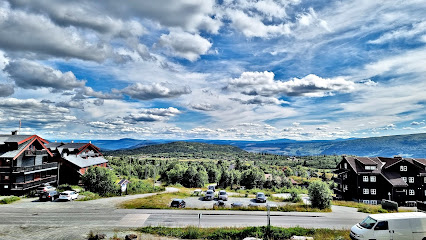
Valdres Gjestegård
Discover Valdres Gjestegård: A perfect blend of tradition and comfort in Norway's beautiful Valdres region.

Herangtunet Boutique Hotel Norway
Experience unparalleled comfort at Herangtunet Boutique Hotel in Norway – where luxury meets breathtaking natural beauty.

Syndinstøga
Discover the essence of Norwegian cuisine at Syndinstøga – where delicious food meets breathtaking nature.
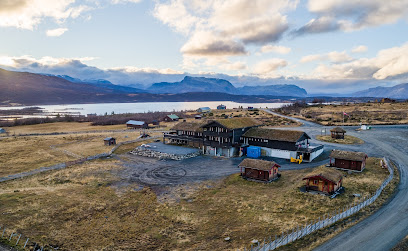
Jotunstogo AS
Experience authentic Norwegian cuisine at Jotunstogo AS in Beitostølen, where local flavors meet stunning mountain views.
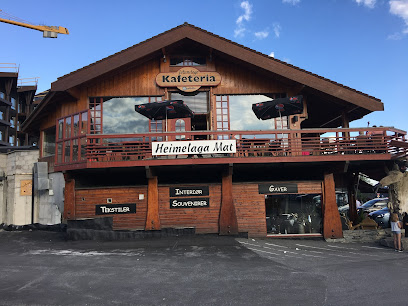
Lodge 900
Discover authentic Norwegian cuisine at Lodge 900 in Beitostølen – where local flavors meet breathtaking mountain views.
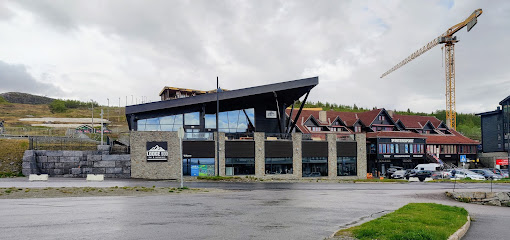
Markets, malls and hidden boutiques
Extra Lom
Discover the heart of local life at Extra Lom, a grocery store offering fresh produce and unique Norwegian delicacies in Fossbergom.

Norwegian fjellsenter
Uncover Norway's natural beauty and cultural heritage at the Norwegian Fjellsenter, a must-visit museum and visitor center in Fossbergom.
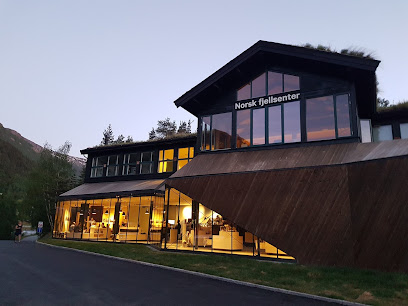
KIWI Lom
Explore KIWI Lom in Fossbergom, Norway – your go-to grocery store for local flavors and essential supplies during your travels.
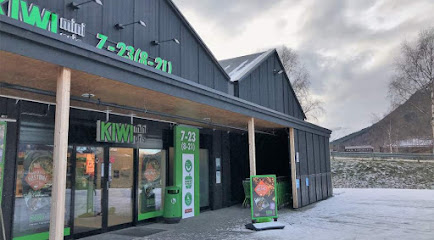
Sport 1 Lom
Discover Sport 1 Lom, your go-to sporting goods store in the heart of Norway's stunning outdoor landscape, offering everything you need for your adventures.
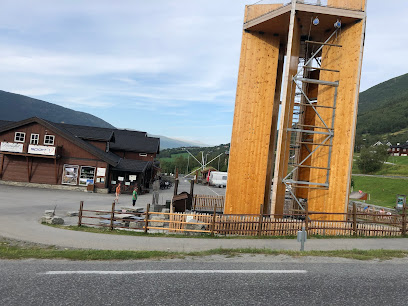
Jotunheimen National Park
Discover the breathtaking landscapes and rich biodiversity of Jotunheimen National Park, Norway's premier destination for adventure and natural beauty.
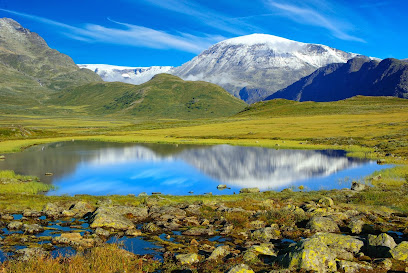
Joker Luster
Explore authentic Norwegian flavors at Joker Luster, a charming grocery store in the heart of Luster, perfect for tourists seeking local delights.
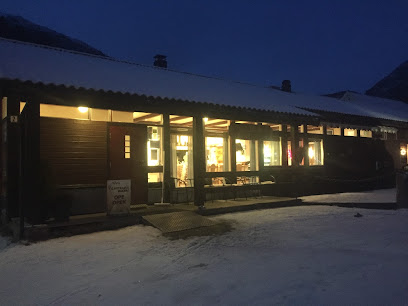
Bunnpris Bismo
Discover local flavors and everyday essentials at Bunnpris Bismo, a charming grocery store in the heart of Skjåk, Norway.
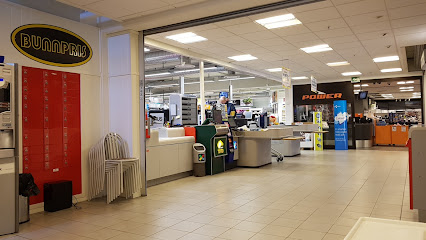
Smak i Lom
Experience the best of Norwegian local produce and artisanal delights at Smak i Lom, a charming farmers' market and café in Fossbergom.
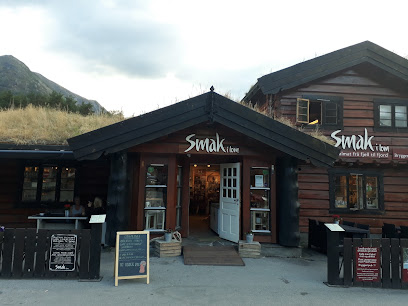
Skjåk Shopping Centre
Explore Skjåk Shopping Centre: A family-friendly hub in Bismo featuring sportswear, games, and toys for a delightful shopping experience.
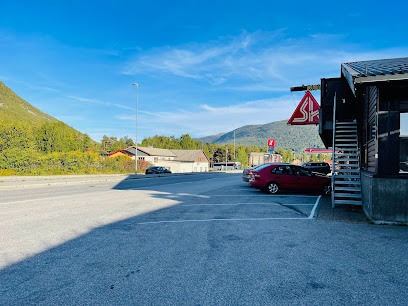
Coop Prix Bøverdal
Discover local flavors and essentials at Coop Prix Bøverdal, your go-to grocery store in the stunning Bøverdalen valley.
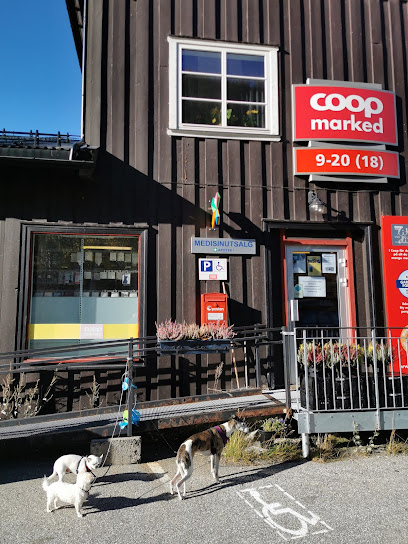
Fossheim Steinsenter
Discover the enchanting Fossheim Steinsenter in Fossbergom, where local minerals, crafts, and Norwegian artistry come together in a unique shopping and educational experience.
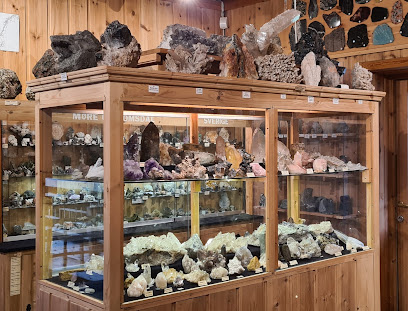
Gausdal Landhandleri - Lom
Discover Gausdal Landhandleri in Lom, where building materials meet local craftsmanship amidst Norway's breathtaking landscape.
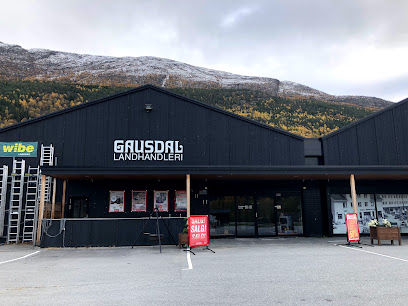
Audhild Viken avd. Trollstua
Discover the essence of Norway at Audhild Viken avd. Trollstua, your go-to gift shop for unique clothing and souvenirs in Dombås.

Europris Lom
Discover Europris Lom in Fossbergom, Norway - your ultimate variety store for groceries, home goods, and unique finds at affordable prices.

Jotunheimen national park, hiking
Discover the breathtaking beauty and adventure of Jotunheimen National Park, Norway's hiking haven with stunning peaks and tranquil lakes.
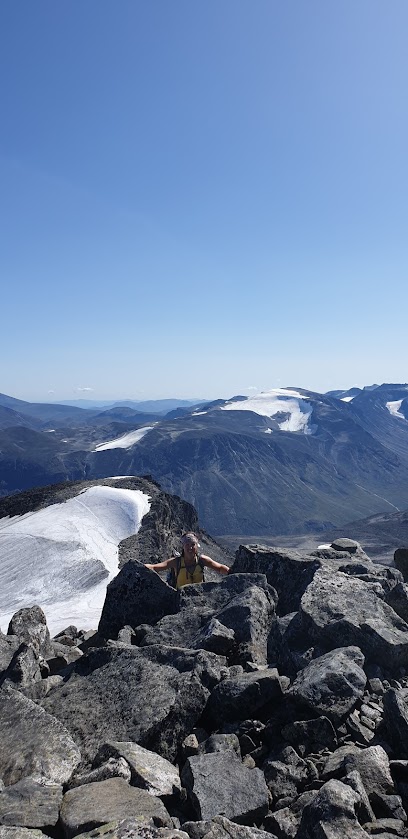
Essential bars & hidden hideouts
Bryggerihuset AS (Brew House)
Discover Bryggerihuset AS in Beitostølen: A delightful brew house offering local beers, hearty dishes, and lively entertainment.
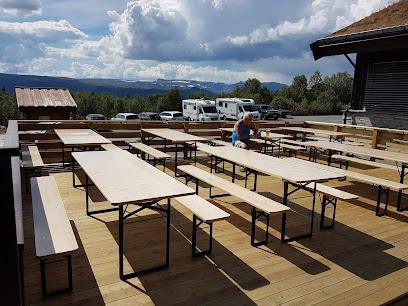
Toppen Skybar
Discover the breathtaking views and exquisite drinks at Toppen Skybar, Lillehammer's premier bar experience.
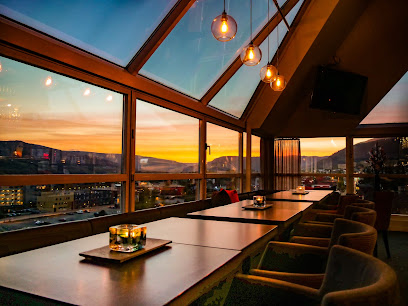
Jotunheimen Fjellstue
Experience the stunning beauty of Jotunheimen Fjellstue, where exquisite cuisine meets breathtaking nature in Norway's majestic national park.
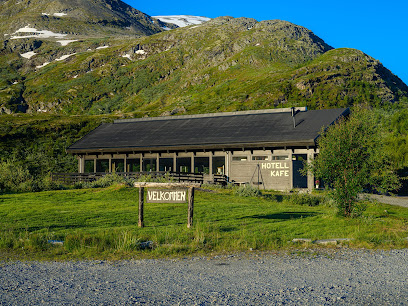
Ruten Fjellstue
Discover the natural beauty and local flavors at Ruten Fjellstue, a mountain hotel and brewpub offering a perfect blend of comfort and adventure in Norway.

Svingen Pub
Experience the warmth and charm of Svingen Pub, Beitostølen's favorite bar for locals and tourists alike, offering a delightful selection of beverages.

Sogndal Fjell- og fjordsportsenter
Experience the perfect blend of adventure and relaxation at Sogndal Fjell- og fjordsportsenter, a charming bar in Norway's stunning landscape.
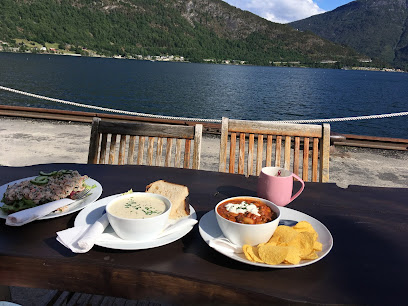
Banken Bryggeri & Spiseri / Weistad Overnatting
Experience authentic Norwegian cuisine and hospitality at Banken Bryggeri & Spiseri, nestled in the beautiful landscapes of Bjølstadmo.
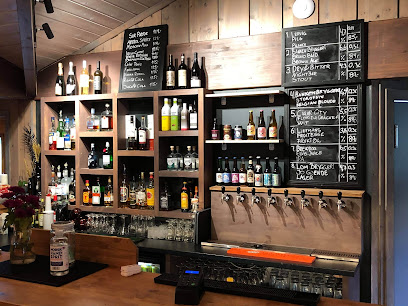
Kolonialen Pub
Discover the cozy charm of Kolonialen Pub in Vinstra, where local flavors and a warm atmosphere create the perfect dining experience.
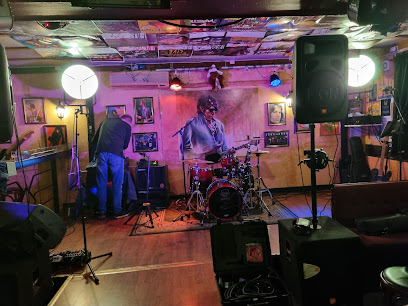
Postaabneriet pub & cafe AS
Experience the warmth of Norwegian hospitality at Postaabneriet pub & cafe AS, where local flavors and vibrant atmosphere await.
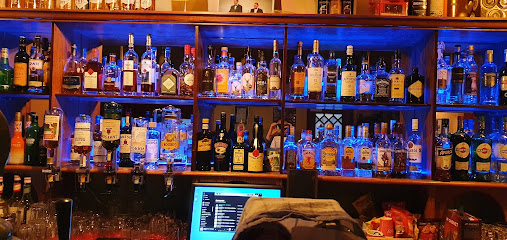
Fjøra Pub
Experience the heart of Sogndal's nightlife at Fjøra Pub, where local culture meets a warm and inviting atmosphere.
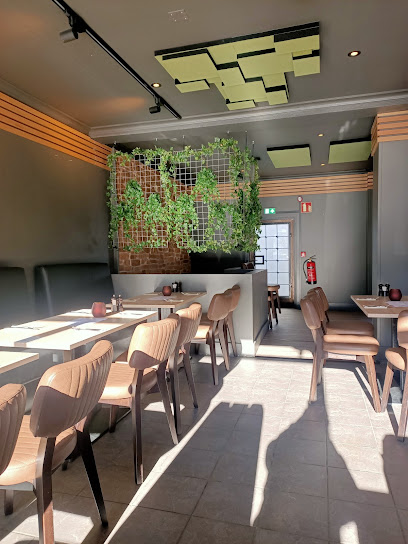
Ysteriet
Experience the thrill of sports at Ysteriet, Vinstra's premier sports bar, offering delicious food, refreshing drinks, and a lively atmosphere.
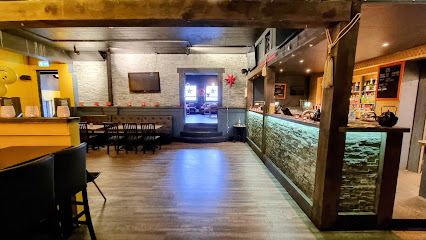
Club Bowling and bar
Experience the ultimate combination of bowling and nightlife at Club Bowling and Bar in Vågå, where fun meets great food and drinks.
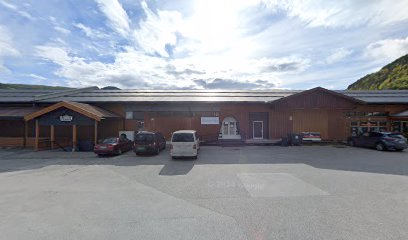
Pøbben
Discover the vibrant atmosphere of Pøbben, Fossbergom's premier pub for craft beers, local spirits, and unforgettable nights out.
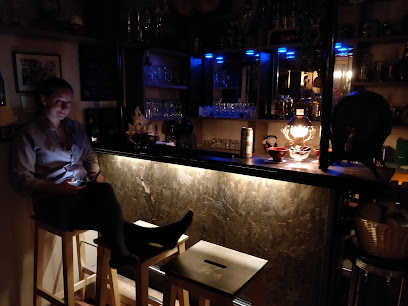
Fossheim Hotell -Restaurant
Experience authentic Norwegian cuisine in a warm, inviting atmosphere at Fossheim Hotell Restaurant in Lom, Norway.
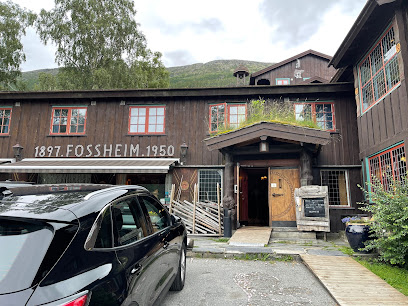
OKB Pubben
Discover the lively atmosphere and local brews at OKB Pubben, a must-visit bar in the heart of Bismo's nightlife scene.

Local Phrases about Jotunheimen National Park
-
- HelloHei
[hay] - GoodbyeHa det
[ha deh] - YesJa
[yah] - NoNei
[nay] - Please/You're welcomeVær så god
[ver sa goh] - Thank youTakk
[tahk] - Excuse me/SorryUnnskyld
[oon-shield] - How are you?Hvordan har du det?
[vohr-dan har doo deh] - Fine. And you?Bra. Og du?
[bra oh doo] - Do you speak English?Snakker du engelsk?
[snah-ker doo engelsk] - I don't understandJeg forstår ikke
[yay for-stor ee-neh]
- HelloHei
-
- I'd like to see the menu, pleaseJeg vil gjerne se menyen, takk
[yay veal yer-neh se meh-nyen tahk] - I don't eat meatJeg spiser ikke kjøtt
[yay spee-ser ee-keh shøt] - Cheers!Skål!
[skohl] - I would like to pay, pleaseJeg vil gjerne betale, takk
[yay veal yer-neh beh-tah-leh tahk]
- I'd like to see the menu, pleaseJeg vil gjerne se menyen, takk
-
- Help!Hjelp!
[yelp] - Go away!Gå vekk!
[goh vehk] - Call the Police!Ring politiet!
[ring poh-lee-tee-eh] - Call a doctor!Ring en lege!
[ring en lay-geh] - I'm lostJeg er borte
[yay air bohr-teh] - I'm illJeg er syk
[yay air sook]
- Help!Hjelp!
-
- I'd like to buy...Jeg vil kjøpe...
[yay veal shyoo-peh] - I'm just lookingJeg bare ser
[yay bah-reh sair] - How much is it?Hvor mye koster det?
[vor meh-eh kohs-ter deh] - That's too expensiveDet er for dyrt
[deh air for deert] - Can you lower the price?Kan du senke prisen?
[kahn doo seh-nkeh pree-sen]
- I'd like to buy...Jeg vil kjøpe...
-
- What time is it?Hva er klokka?
[vah air kloh-kah] - It's one o'clockKlokka er ett
[kloh-kah air eht] - Half past (10)Halv ti
[hahlv tee] - MorningMorgen
[mohr-gehn] - AfternoonEttermiddag
[et-ehr-mee-dahg] - EveningKveld
[kvehld] - YesterdayI går
[ee gohr] - TodayI dag
[ee dahg] - TomorrowI morgen
[ee mohr-gehn] - 1En
[ehn] - 2To
[too] - 3Tre
[treh] - 4Fire
[fee-reh] - 5Fem
[fehm] - 6Seks
[sehks] - 7Sju
[shoo] - 8Åtte
[oht-teh] - 9Ni
[nee] - 10Ti
[tee]
- What time is it?Hva er klokka?
-
- Where's a/the...?Hvor er...
[vor air] - What's the address?Hva er adressen?
[vah air ah-dress-en] - Can you show me (on the map)?Kan du vise meg (på kartet)?
[kahn doo vee-seh may (poh kahr-teh)] - When's the next (bus)?Når går neste (buss)?
[nahr gohr neh-steh (booss)] - A ticket (to ....)En billett (til ....)
[ehn bee-leht (teel)]
- Where's a/the...?Hvor er...
History of Jotunheimen National Park
-
Jotunheimen, which translates to 'Home of the Giants,' is steeped in Norse mythology. According to ancient texts, it was the land of the Jotnar, or giants, who were often in conflict with the gods of Asgard. This mythological background has given the park a mystic and almost otherworldly reputation, attracting enthusiasts of Norse legends from around the globe.
-
Archaeological evidence suggests that early human settlements existed in the Jotunheimen region as far back as the Stone Age. These early inhabitants primarily engaged in hunting, fishing, and gathering. Artifacts such as stone tools and ancient hunting traps have been discovered, providing a glimpse into the lives of these early settlers.
-
During the Viking Age, Jotunheimen was used as a route for expeditions and raids. The rugged terrain and harsh climate made it a challenging yet strategic passage for Viking warriors. The Vikings also believed that the mountains were home to mythical creatures and deities, adding to the area’s mystique.
-
In the 19th century, Jotunheimen gained prominence during the era of Norwegian National Romanticism. Artists, writers, and poets were inspired by its dramatic landscapes, which symbolized the rugged and untamed beauty of Norway. This period saw an increase in exploration and documentation of the park's natural wonders.
-
Jotunheimen National Park was officially established in 1980 to protect its unique landscapes, flora, and fauna. Covering an area of approximately 1,151 square kilometers, the park is home to some of Norway's highest peaks, including Galdhøpiggen and Glittertind. The establishment of the park marked a significant step in the conservation of Norway's natural heritage.
-
The park is rich in folklore and local legends. Stories of trolls, hidden treasures, and enchanted landscapes are an integral part of the region's cultural heritage. These tales have been passed down through generations and continue to be a significant aspect of the local culture and tourism experience.
Jotunheimen National Park Essentials
-
Jotunheimen National Park is located in central Norway. The nearest major airport is Oslo Gardermoen Airport (OSL), approximately 230 kilometers away. From Oslo, you can take a train or bus to Otta or Lom, which are the closest towns to the park. The journey takes around 4-5 hours by public transport. Alternatively, renting a car from Oslo allows for a more flexible and scenic drive to the park.
-
Within Jotunheimen National Park, there is no public transportation. The most convenient way to explore the park is by car. There are several parking areas at trailheads and visitor centers. Additionally, during the summer months, shuttle buses operate between popular hiking destinations. For those interested in a more adventurous approach, cycling is also an option, although the terrain can be challenging.
-
The official currency in Norway is the Norwegian Krone (NOK). Credit and debit cards are widely accepted in hotels, restaurants, and shops around Jotunheimen National Park. However, it is advisable to carry some cash for smaller establishments and rural areas where card payment may not be available. ATMs are available in nearby towns such as Lom and Otta.
-
Jotunheimen National Park is generally a very safe destination for tourists. Crime rates are low, and there are no specific areas targeting tourists. However, standard precautions should be taken: keep an eye on your belongings and do not leave valuables in parked cars. The natural environment can pose risks, so always check weather conditions before setting out and be prepared for sudden changes.
-
In case of emergency, dial 112 for immediate assistance. This number will connect you to police, medical services, and fire departments. It is crucial to have a charged mobile phone with you at all times. For medical emergencies and minor health issues, the nearest medical facilities are in Lom. Always carry a basic first aid kit, especially when hiking or engaging in outdoor activities.
-
Fashion: Do wear practical and weather-appropriate clothing. Layers and waterproof gear are essential. Avoid wearing flashy or expensive items. Religion: Do respect local customs if visiting religious sites in nearby towns. Public Transport: Do be polite and considerate if using shuttle services. Don’t play loud music or disturb other passengers. Greetings: Do greet people with a friendly 'Hei' (Hi) or 'God dag' (Good day). A firm handshake is customary. Eating & Drinking: Do try local Norwegian cuisine such as reindeer, trout, and local berries. Don’t leave trash behind; always follow the 'Leave No Trace' principles.
-
To experience Jotunheimen like a local, consider staying in traditional DNT (Norwegian Trekking Association) cabins, which offer a rustic and authentic experience. Engage with local guides who can provide in-depth knowledge of the park’s history and natural features. Visit during the off-peak seasons of spring and autumn to enjoy the park with fewer tourists. Don’t miss out on local festivals and events in nearby towns, which offer a glimpse into Norwegian culture and traditions.
Trending Landmarks in Jotunheimen National Park
Nearby Cities to Jotunheimen National Park
-
Things To Do in Ålesund
-
Things To Do in Bergen
-
Things To Do in Oslo
-
Things To Do in Trondheim
-
Things To Do in Fredrikstad
-
Things To Do in Stavanger
-
Things To Do in Karlstad
-
Things To Do in Östersund
-
Things To Do in Kristiansand
-
Things To Do in Skagen
-
Things To Do in Örebro
-
Things To Do in Gothenburg
-
Things To Do in Frederikshavn
-
Things To Do in Västerås
-
Things To Do in Aalborg

